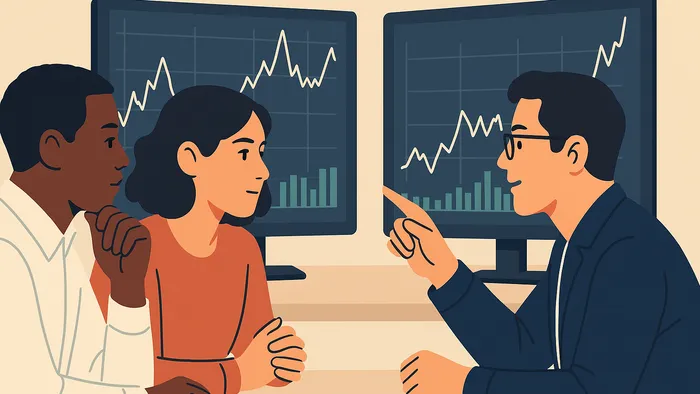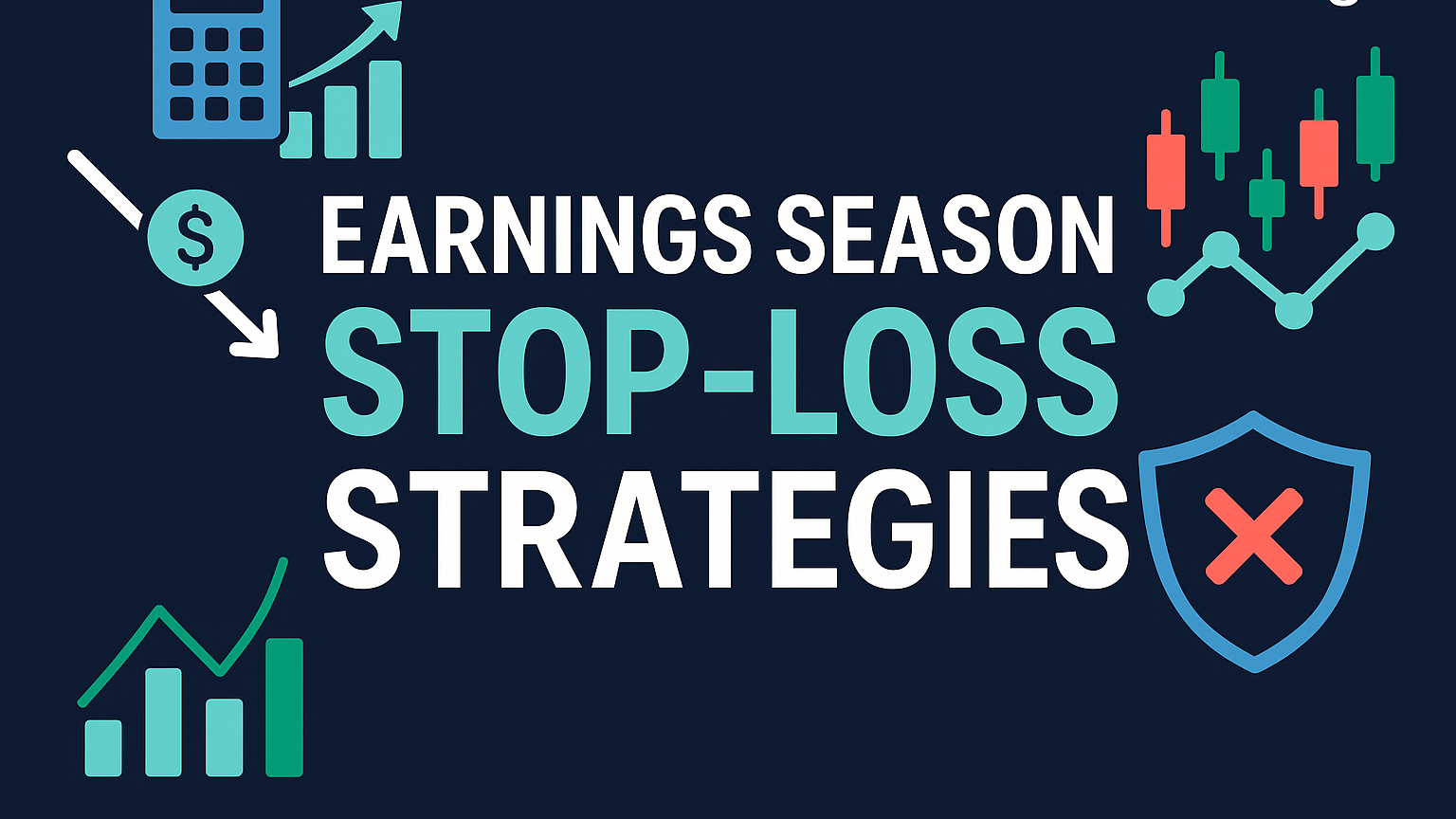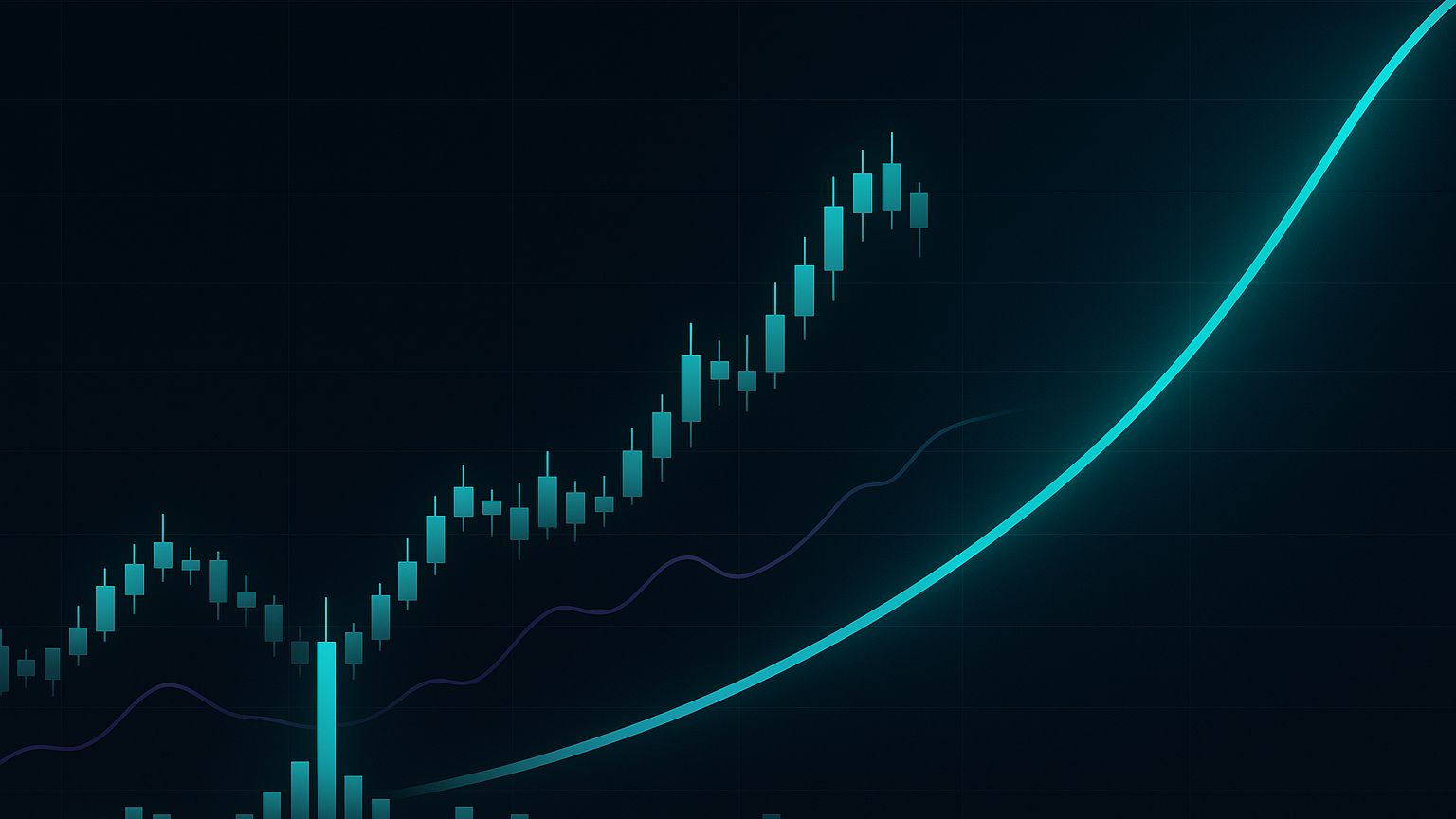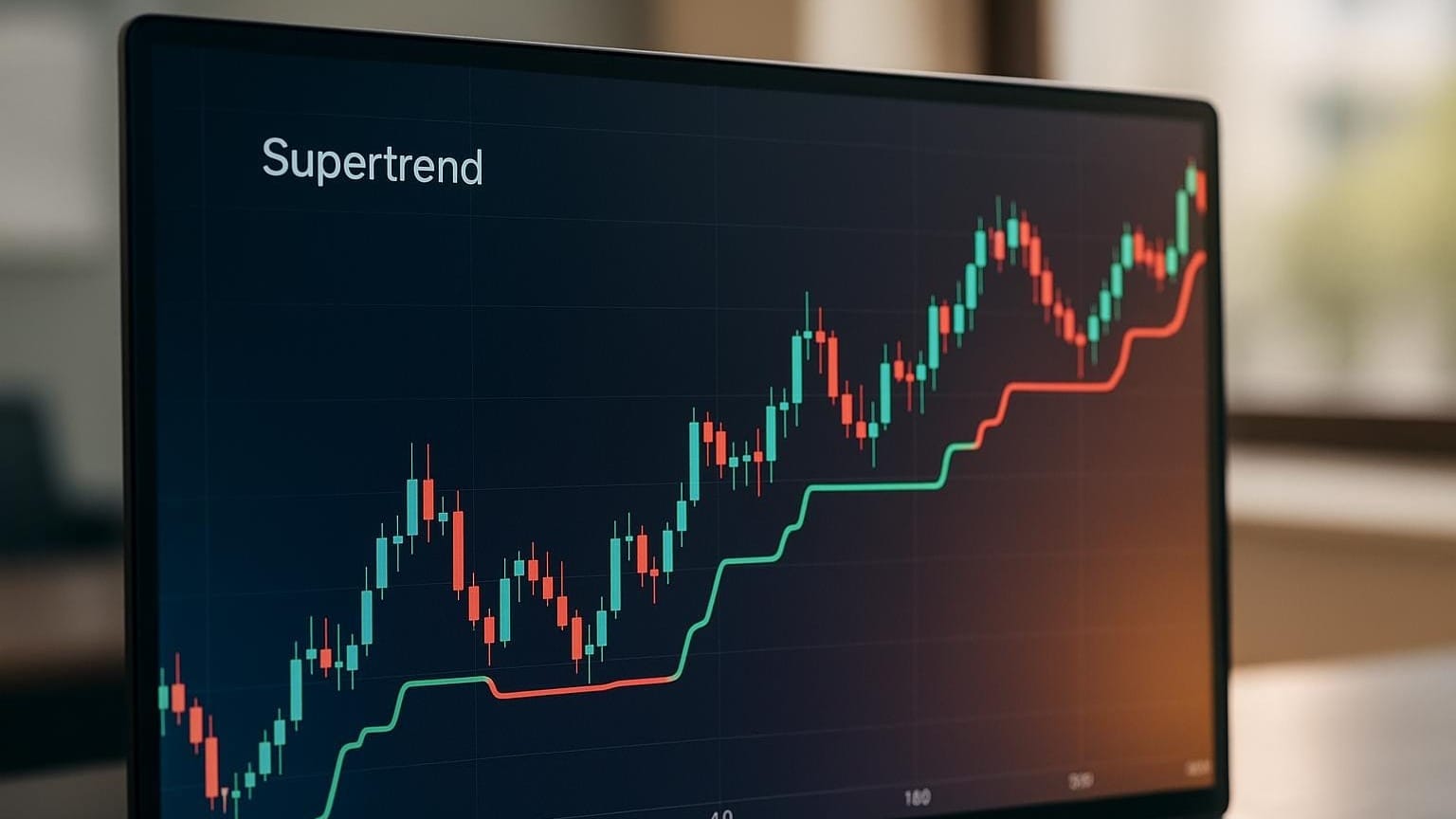Learn how to avoid overtrading by implementing a solid trading plan, managing risks, and controlling emotions for better trading success.
Overtrading can ruin your profits. It happens when you make too many trades without a clear plan, often driven by emotions like FOMO, greed, or desperation. This leads to higher transaction costs, poor decision-making, and unnecessary risks.
Here’s how to avoid overtrading:
- Stick to a trading plan with clear entry/exit rules, position sizes, and risk limits.
- Use risk control methods like stop-loss orders and position sizing to protect your capital.
- Manage your emotions by taking breaks, tracking your mental state, and avoiding impulsive trades.
- Leverage features like trade journals and automation to stay disciplined.
Key takeaway: Success in trading isn’t about making more trades — it’s about making the right trades. Always prioritize discipline and preparation over impulse.
How To Stop Overtrading
Creating Your Trading Plan
A solid trading plan helps you avoid overtrading by setting clear rules and boundaries. This structure is key to making disciplined and informed trading decisions.
Key Trading Plan Elements
Your trading plan should include specific guidelines to remove guesswork. Here are the main components traders often rely on:
| Component | Description | Purpose |
|---|---|---|
| Entry Rules | Price levels, indicators, or patterns | Stops emotional or random trade entries |
| Exit Criteria | Take-profit targets and stop-loss levels | Keeps trade management consistent |
| Position Sizing | Risk per trade (e.g., 1–2% of capital) | Limits potential losses |
| Time Frames | Trading sessions and holding periods | Ensures a steady trading approach |
| Market Conditions | Volatility thresholds and scenarios | Defines when to trade or sit out |
By defining these elements, you create a framework that supports disciplined and consistent trading. On top of this, establishing daily limits can help reinforce these practices.
Daily Trading Limits
Set clear boundaries for your daily trading activity:
- Limit trades: Stick to 1–3 trades per day based on your strategy.
- Define risk parameters:
- Maximum daily drawdown (e.g., 3% of your account)
- Total capital at risk across all trades
- Maximum position size for each trade
- Time-based rules:
- Pre-market: Review economic calendars and key market levels.
- Core trading hours: Focus on your most profitable time windows.
- Mandatory breaks: Stop trading after hitting your predefined limits.
Following Your Plan
Sticking to your plan is just as important as creating it. Before trading, review your rules, check for significant market events, and set price alerts. While trading, only take positions that align with your criteria, document each trade in a journal, and take breaks when needed.
Risk Control Methods
Risk control methods are essential for safeguarding your capital and maintaining trading discipline. These strategies work alongside your trading plan to ensure effective risk management.
Position Size Rules
Position sizing helps determine how much to trade based on your account's risk tolerance, entry price, and stop-loss level. Here’s a practical guide:
| Account Size | Risk per Trade | Stop Distance | Position Size Calculation |
|---|---|---|---|
| $25,000 | 2% ($500) | $20 per share | 25 shares ($500 ÷ $20) |
| $10,000 | 2% ($200) | $5 per share | 40 shares ($200 ÷ $5) |
| $50,000 | 1% ($500) | $10 per share | 50 shares ($500 ÷ $10) |
"Position sizing is a crucial, yet often overlooked, aspect of risk management that determines how much of a particular asset — whether it's stocks, options, or even cryptocurrency — you should buy or sell per trade." — Brian Lund, Author and Trader
Always calculate your position size before entering a trade. Adjust your risk limits and stop-loss levels to reflect current market conditions.
Stop-Loss Placement
Stop-loss orders help eliminate emotional decision-making by automatically closing trades at predetermined price levels. Here are common stop-loss strategies:
- Fixed Price Stops: Set at specific price levels based on technical analysis.
- Percentage-Based Stops: Defined as a percentage of the entry price.
- Trailing Stops: Dynamically adjust as the trade moves in your favor.
Keep in mind that when a stop order is triggered, it becomes a market order, which can lead to price slippage in volatile markets. Stop-limit orders may provide more precise execution.
Market Exposure Limits
Limiting market exposure helps prevent overtrading and reduces the risk of portfolio imbalances. Consider these steps to manage exposure effectively:
- Cap exposure to individual market sectors.
- Monitor correlations between positions to avoid concentrated risk.
- Keep cash reserves available for new opportunities.
- Regularly rebalance your portfolio to maintain alignment.
Run stress tests on your portfolio to uncover weaknesses and fine-tune your exposure limits. These measures promote disciplined trading and help you stay in control of your risk.
Trading Psychology
To succeed in trading, it’s not enough to have a solid plan and risk management strategy — you also need to master your emotions. Your ability to stay disciplined and avoid overtrading depends heavily on how well you manage your emotional responses.
Common Trading Emotions
Emotions can cloud judgment and lead to impulsive decisions. Here are some emotions that often trigger overtrading and their typical effects:
| Emotion | Trigger | Common Result |
|---|---|---|
| FOMO | Rising market prices | Entering trades too late |
| Greed | Recent winning streak | Taking unnecessary risks |
| Revenge | Recent losses | Rushing to recover losses |
| Overconfidence | Multiple consecutive wins | Ignoring risk management rules |
| Desperation | Extended losing streak | Forcing trades |
Keep a trading journal to track not only your trades but also your emotional state. Over time, this will help you identify patterns between your feelings and trading decisions.
Staying Neutral
Maintaining emotional balance is key to avoiding rash decisions. Here are some strategies to help you stay calm and objective:
- Meditate Before Trading: Start your day with meditation to manage stress and avoid impulsive reactions.
- Take Breaks: Step away from your screen after each trade to reset your mindset and regain focus.
- Limit Market Noise: Reduce exposure to social media and sensational financial news that can cloud judgment.
"Never place trades out of fear. Concentrate on YOUR Trading, not someone else's." — OANDA
When emotions are in check, you can focus on waiting for trades that align with your strategy.
Waiting for Good Trades
Patience is what separates disciplined traders from those who overtrade. Build discipline by following these practices:
- Set Trading Hours: Define specific trading times and avoid obsessively watching charts outside of those windows.
- Use a Pre-Trade Checklist: Before entering a trade, confirm that it meets both the technical and psychological criteria outlined in your strategy.
Trading Tools for Better Discipline
Modern charting platforms provide features designed to remove emotions from trading and encourage disciplined execution.
Trade Tracking Methods
Keeping track of your trades in a structured way can reveal patterns of overtrading before they turn into costly habits. Here's how you can set up an effective trade tracking system:
| Tracking Component | Purpose | Implementation |
|---|---|---|
| Trade Journal | Spot behavioral patterns and decision triggers | Record market conditions and trading behaviors |
| Performance Analytics | Track frequency and outcomes of trades | Monitor win rates, profit factors, and clustering |
| Risk Exposure Log | Avoid overleveraging | Calculate market exposure across all positions |
These insights can also be used to activate automation features that help enforce discipline in your trading.
Trade Automation Tools
By linking tracking data with automation, you can execute your strategy without emotional interference. As James Buchman from ninZa.co notes:
"We all carry baggage into trading, and automated trading takes the emotion out of trading."
Here are some key automation features to consider:
- Stop-Loss Automation: Automatically sets stop-loss levels to protect your capital.
- Break-Even Automation: Locks in profits without manual intervention.
- Position Sizing Calculator: Ensures trade sizes are calculated objectively.
- Trade Confirmation Prompts: Reduces errors and encourages thoughtful decisions.
"The algorithm is rule-based in automation. It doesn't matter if you take one loss or consecutive losses; your trade automation will keep you on track with your previously setup trading plan."
LuxAlgo Toolkits on TradingView
LuxAlgo provides three exclusive toolkits on TradingView:
- Price Action Concepts (PAC): Automates price action analysis, including support & resistance, trend lines, and patterns.
- Signals & Overlays (S&O): Offers signal modes, indicator overlays, and advanced alerts.
- Oscillator Matrix (OSC): Detects trends based on market participants' activity.
For traders seeking strategy validation, LuxAlgo’s AI Backtesting Assistant — included in the Ultimate plan ($59.99/mo) — helps generate and test strategies across multiple timeframes with advanced optimization tools.
Conclusion: Stop Overtrading
Main Points Review
Trading success depends on sticking to a clear plan and following strict risk controls. A well-defined trading plan helps you avoid impulsive decisions. Cory Mitchell, CMT, explains it best:
"A trading plan is a document we create for ourselves that outlines exactly how we will trade and operate in relation to our trading activities. Having a trading plan, and following it, builds consistency and allows for improvement over time."
This disciplined framework is the backbone of consistent trading. Jack Schwager's research highlights an important takeaway:
"Although Daly's stock selection contributed to his success, being out of the market when the environment was highly averse to his strategy was the key factor underlying his superior performance. Or, in other words, the trades not taken were more important than the trades taken."
Next Steps
Now it’s time to put these principles into action. Here’s how you can implement them:
| Focus Area | Action Steps | Outcome |
|---|---|---|
| Plan Development | Draft weekly analyses, set entry/exit rules | Better decision-making |
| Risk Management | Use stop-loss orders, follow the 1% risk rule | Protect your capital |
| Psychological Control | Take breaks, keep a trading journal | Avoid emotional decisions |
| Technology Integration | Leverage automation features, track performance | Consistent execution |
Spend time analyzing market trends over the weekend to prepare for the week ahead. Focus on daily timeframes to limit impulsive trades. Use a pre-trade checklist to ensure your strategy is on track.
As Sun Tzu wisely stated:
"Every battle is won before it is fought."
In trading, success comes from preparation and discipline. It’s not about how many trades you make — it’s about making the right ones.








